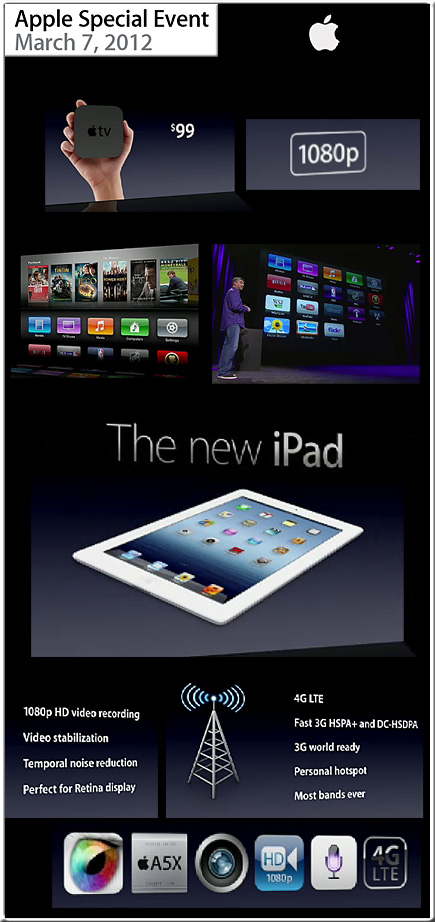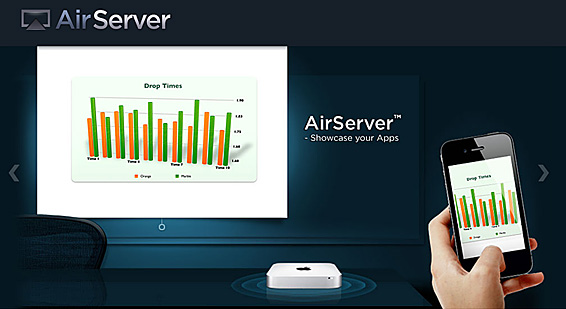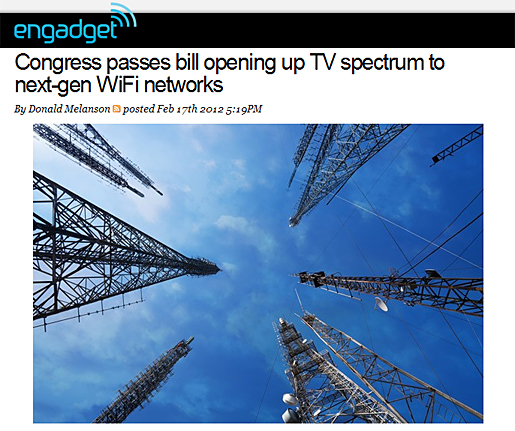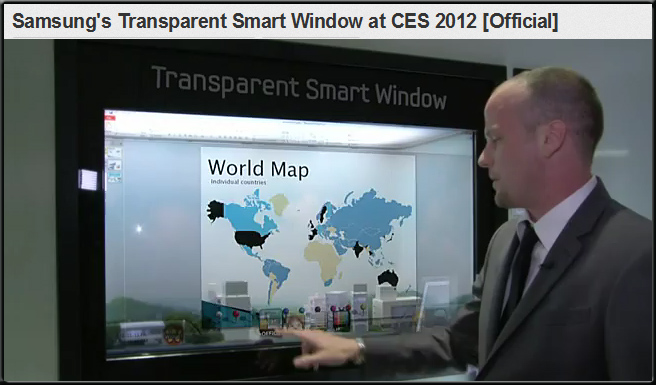Smart TV — from mobile88.com by Tan Ming Sin
Excerpt:
A Smart TV is simply a device that aggregates services and displays them on a screen. Satellite channels are an example of one such service. At this point of time, different manufacturers make different Smart TVs with different services.

100 million TVs will be Internet-connected by 2016 — from latimesblogs.latimes.com by Dawn Chmielewski
Excerpt:

Soon, the living room TV will become as hyper-connected as the people watching it.
A new report from researcher NPD In-Stat predicts that 100 million homes in North America and Western Europe will own television sets that blend traditional programs with Internet content by 2016. These new hybrid devices, capable of displaying interactive content related to TV shows, are a bid to hold the viewer’s attention in a device-cluttered world.
“The TV people figured out nobody’s just watching TV anymore,” said Gerry Kaufhold, NPD In-Stat’s digital entertainment research director. “They’re watching TV with a tablet or a smartphone or a laptop in their hands. They’ve completely lost control.”
New Smart TVs will create new opportunities for interactivity — from catalogs.infocommiq.com
Excerpt:
Beyond voice interaction with smart TVs, what other benefits might this new generation of televisions bring to digital signage interactivity? Perhaps, these TVs will lead to easier syncing with personal smart phones and tablets offering the public interactive takeaways from the sign. Or, they might make it possible to migrate the digital signage experience from outside the home into the living room -sort of an offshoot of the TV Everywhere concept being promoted these days by pay TV operators, such as cable TV companies.
Social TV all about sharing: Viewers using laptops, iPhone to engage online during favorite shows — from KansasCity.com by Johnny Diaz, Sun Sentinel
Excerpt:
What can I do tonight: watch TV or surf Facebook? Increasingly, people are doing both simultaneously. And checking their email. And interacting with actors or news anchors.
Patent details Apple’s ideas for universal TV remote — from PCMag.com by Angela Moscaritolo

Gravity R&D powers personalized TV recommendations for Canadian telco — from techcrunch.com by NatashaStarkell
Americans now watch more online movies than DVDs — from by Julianne Pepitone
The 2012 Apple TV is more than just a speed bump [review] — from cultofmac.com by Alex Kahney
The television set-top box will die in 2012 — from by William Thompson
Smart TV Movie Streaming To Replace Video Disc & Blu-ray — from smarthouse.com.au by David Richards
As Samsung, Panasonic and LG get set to launch a new range of TVs in Australia that will deliver a multitude of new content services that include Foxtel, Blockbuster movies and Telstra Movies, new research suggests that consumers will exceed digital video disc and Blu-ray use by downloading movies direct to their TV.
Shift to digital television seen happening by ‘16 — from the Philippine Daily Inquirer by Paolo G. Montecillo
Industry players await decision on PH standard
Excerpt:
MANILA, Philippines—The shift to digital TV broadcasting technology in the country, which would result in better services for millions of households, can still be completed before the end of the Aquino administration, a top government official said.
Once the standard to be used for digital TV in the country is chosen with finality, the shutting off of inefficient analogue signals could take just three years, Information and Communications Technology Office (ICTO) Deputy Executive Director Monchito Ibrahim said. This is shorter than the previously projected five years.
One Screen To Rule Them All — from techcrunch.com by Jay Fulcher
Also see:





















![BusinessEurope-FutureOfIntTV-Feb9-2012 The future of internet TV [Europe]](http://danielschristian.com/learning-ecosystems/wp-content/uploads/2012/02/BusinessEurope-FutureOfIntTV-Feb9-2012.jpg)

